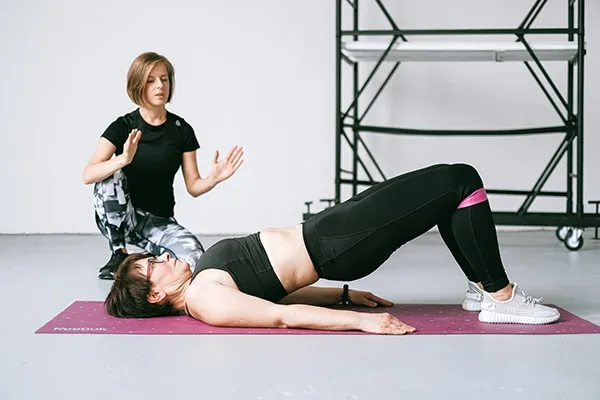Quality yoga teacher training certifications demonstrate measurable standards through rigorous curriculum requirements, experienced faculty credentials, and comprehensive assessment protocols. Distinguishing legitimate programs from superficial offerings requires examining specific quality markers that indicate educational depth and professional credibility. Yoga Teacher Training in Thailand provides internationally recognised certifications while maintaining affordable costs and authentic traditional teachings from experienced masters.
Accreditation standards verification
Legitimate certifications meet established industry benchmarks through recognized accrediting bodies that enforce educational standards and ethical guidelines. Yoga Alliance registration represents the most widely accepted certification standard, requiring specific hour allocations across anatomy, philosophy, teaching methodology, and practicum components. Programs displaying current registration numbers and compliance documentation demonstrate a commitment to professional standards that employers and students recognise globally.
Independent accreditation beyond Yoga Alliance indicates additional quality assurance through specialised organisations that evaluate specific teaching methodologies or regional standards. Research the accrediting body’s reputation, membership requirements, and ongoing oversight procedures to verify legitimacy. Beware of programs creating fictional accreditation claims or using misleading language about certification validity that cannot be verified through official channels.
Core curriculum depth
Comprehensive training programs allocate sufficient hours across essential knowledge areas that prepare graduates for safe and effective teaching. Anatomy education must include practical application of body systems, injury prevention, and modification techniques for diverse student populations. Philosophy components should cover historical yoga traditions, ethical guidelines, and modern application of ancient principles in contemporary teaching environments. Essential curriculum elements include:
- Detailed asana instruction with alignment principles and contraindications
- Pranayama techniques with physiological effects and safety considerations
- Teaching methodology covering class sequencing, verbal cues, and hands-on adjustments
- Business fundamentals, including insurance, liability, and professional boundaries
- Practical teaching hours with feedback from qualified instructors
Meditation and mindfulness training provide tools for personal practice development and student guidance in stress reduction and mental wellness applications.
Assessment methodology evaluation
Rigorous evaluation methods ensure graduates possess competency in both knowledge and practical teaching skills before certification. Written examinations test theoretical knowledge of anatomy, philosophy, and safety principles that form the foundation of responsible teaching. Practical teaching assessments evaluate real-time instruction abilities, including class planning, demonstration skills, and student interaction techniques. Portfolio requirements demonstrate learning integration through written reflections, teaching observations, and personal practice documentation. Peer evaluation components develop critical thinking and feedback skills essential for continued professional growth. Programs lacking comprehensive assessment procedures may graduate unprepared teachers who pose safety risks to future students and damage the profession’s credibility.
Graduate success tracking
Quality programs monitor alumni career development and maintain relationships that indicate educational effectiveness and professional preparation. Employment placement assistance demonstrates institutional commitment to graduate success beyond certification completion. Alumni testimonials and career progression data prove program quality and practical preparation for teaching careers. Successful graduate indicators include:
- High employment rates in teaching positions within one year of graduation
- Positive student feedback scores and retention rates for alum teachers
- Continued education participation and career advancement within the yoga industry
- Professional recognition through awards, speaking opportunities, or leadership positions
- Long-term career satisfaction and financial stability in yoga-related professions
Yoga teacher training often produces graduates who establish successful international teaching careers due to the comprehensive training and cultural immersion experiences that enhance their teaching authenticity and global perspective.
Continuing education opportunities
Quality certification programs provide pathways for ongoing professional development that keep graduates current with evolving teaching methods and safety standards. Advanced training workshops, speciality certifications, and mentorship programs indicate institutional commitment to lifelong learning and professional excellence. Programs offering continuing education credits help graduates maintain certification requirements and expand their teaching capabilities. Strong alumni networks facilitate ongoing learning through peer connections, teaching opportunities, and professional referrals that support career development. Online resources, regular workshops, and guest teacher events maintain community connections and provide continued learning opportunities for geographically dispersed graduates.

